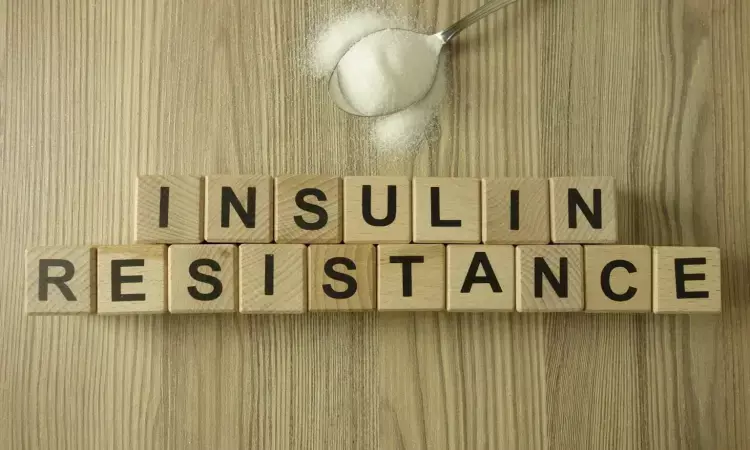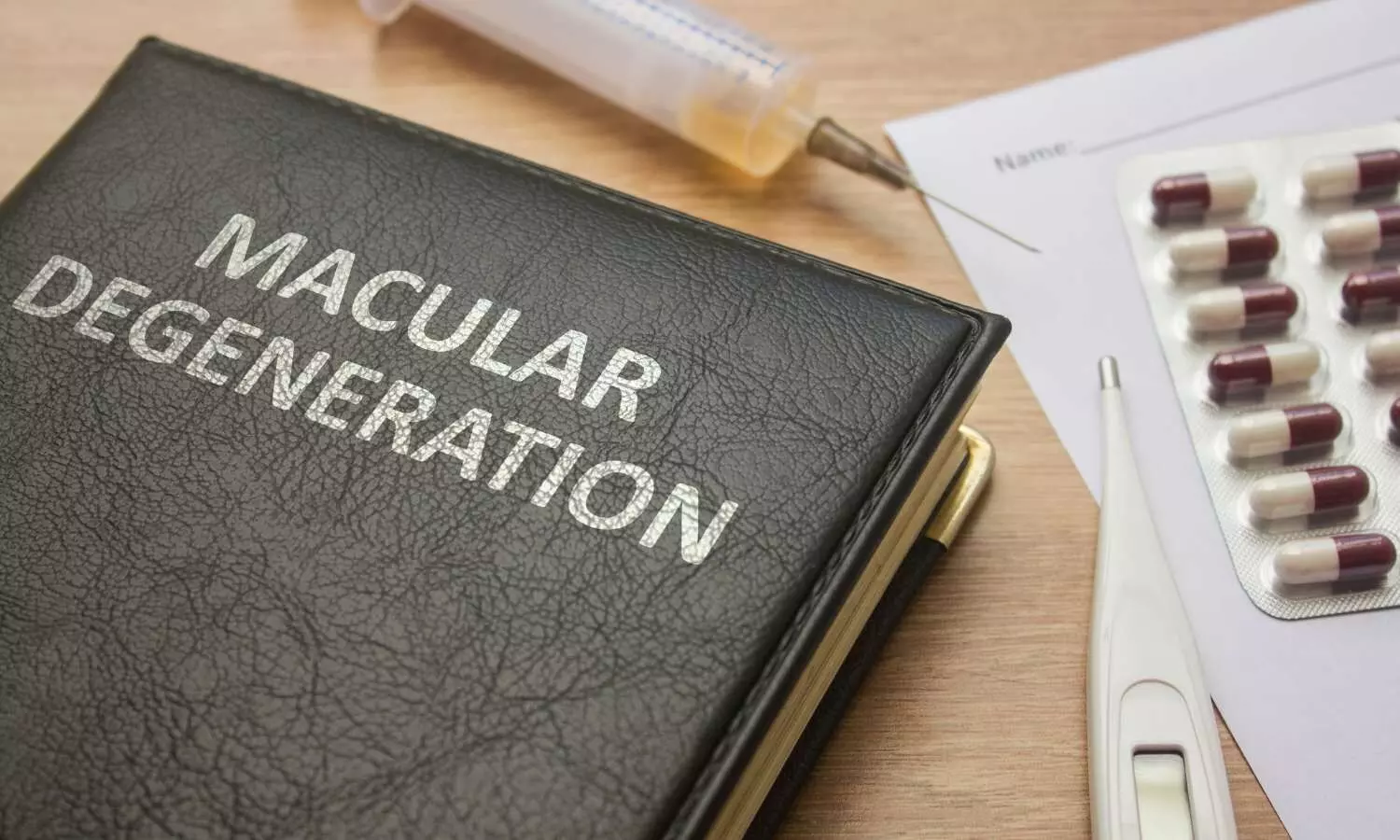- Home
- Medical news & Guidelines
- Anesthesiology
- Cardiology and CTVS
- Critical Care
- Dentistry
- Dermatology
- Diabetes and Endocrinology
- ENT
- Gastroenterology
- Medicine
- Nephrology
- Neurology
- Obstretics-Gynaecology
- Oncology
- Ophthalmology
- Orthopaedics
- Pediatrics-Neonatology
- Psychiatry
- Pulmonology
- Radiology
- Surgery
- Urology
- Laboratory Medicine
- Diet
- Nursing
- Paramedical
- Physiotherapy
- Health news
- Fact Check
- Bone Health Fact Check
- Brain Health Fact Check
- Cancer Related Fact Check
- Child Care Fact Check
- Dental and oral health fact check
- Diabetes and metabolic health fact check
- Diet and Nutrition Fact Check
- Eye and ENT Care Fact Check
- Fitness fact check
- Gut health fact check
- Heart health fact check
- Kidney health fact check
- Medical education fact check
- Men's health fact check
- Respiratory fact check
- Skin and hair care fact check
- Vaccine and Immunization fact check
- Women's health fact check
- AYUSH
- State News
- Andaman and Nicobar Islands
- Andhra Pradesh
- Arunachal Pradesh
- Assam
- Bihar
- Chandigarh
- Chattisgarh
- Dadra and Nagar Haveli
- Daman and Diu
- Delhi
- Goa
- Gujarat
- Haryana
- Himachal Pradesh
- Jammu & Kashmir
- Jharkhand
- Karnataka
- Kerala
- Ladakh
- Lakshadweep
- Madhya Pradesh
- Maharashtra
- Manipur
- Meghalaya
- Mizoram
- Nagaland
- Odisha
- Puducherry
- Punjab
- Rajasthan
- Sikkim
- Tamil Nadu
- Telangana
- Tripura
- Uttar Pradesh
- Uttrakhand
- West Bengal
- Medical Education
- Industry
Lipoprotein insulin resistance index clinically useful tool for assessing Insulin resistance

U.S.A: A new study from the U.S.A found that lipoprotein insulin resistance index (LP-IR) can be a simple, accurate, and clinically useful test to assess Insulin resistance in South Asians. The study results were published in the Journal of the Endocrine Society.
It is quite necessary to identify insulin resistance (IR) in South Asians, who are at a higher risk for type 2 diabetes as premature atherosclerotic disease, conditions characterized by IR are a major risk factor. The clinical use of insulin-based surrogate indices is limited by the lack of standardization of insulin assays. The lipoprotein insulin resistance index (LP-IR) is a metabolomic marker that reflects the lipoprotein abnormalities observed in IR. There is uncertainty on the reliability of the LP-IR index in South Asians, hence Fosam A et al conducted a predictive accuracy of LP-IR compared with other IR surrogate indices in South Asians.
A cross-sectional study (n = 55) was done using a calibration model analysis to assess the ability of the LP-IR score. Along with this, other simple surrogate indices like the homeostatic Model Assessment of Insulin Resistance, Quantitative insulin sensitivity check index, Adipose insulin resistance index, and Matsuda Index were also assessed to predict insulin sensitivity (SI) derived from the reference frequently sampled intravenous glucose tolerance test. lipoprotein particle concentrations and sizes were used to derive the LP-IR index as measured by nuclear magnetic resonance spectroscopy. Root mean squared error (RMSE) of prediction and leave-one-out cross-validation type RMSE of prediction (CVPE) were used to determine the predictive accuracy. The area under the receiver operating characteristic curve (AUROC) and the Youden index was used to determine the optimal cut-off of the LP-IR index.
Key findings of the study:
- There were moderate correlations between simple surrogate indices with SI (r = 0.53-0.69, P < .0001).
- There was no difference in the CVPE and RMSE in any of the surrogate indices when compared with LP-IR.
- The AUROC was 0.77 (95% CI 0.64-0.89).
- The optimal cut-off for IR in South Asians was LP-IR >48 (sensitivity: 75%, specificity: 70%).
Thus, the present study represented the first comprehensive validation study of the LP-IR index in South Asians as a simple, accurate, and clinically useful test to assess IR.
Further reading: Fosam A, Bansal R, Ramanathan A, et al. Lipoprotein Insulin Resistance Index: A Simple, Accurate Method for Assessing Insulin Resistance in South Asians. J Endocr Soc. 2022;7(3):bvac189. Published 2022 Dec 10. doi: 10.1210/jendso/bvac189
BDS, MDS
Dr.Niharika Harsha B (BDS,MDS) completed her BDS from Govt Dental College, Hyderabad and MDS from Dr.NTR University of health sciences(Now Kaloji Rao University). She has 4 years of private dental practice and worked for 2 years as Consultant Oral Radiologist at a Dental Imaging Centre in Hyderabad. She worked as Research Assistant and scientific writer in the development of Oral Anti cancer screening device with her seniors. She has a deep intriguing wish in writing highly engaging, captivating and informative medical content for a wider audience. She can be contacted at editorial@medicaldialogues.in.
Dr Kamal Kant Kohli-MBBS, DTCD- a chest specialist with more than 30 years of practice and a flair for writing clinical articles, Dr Kamal Kant Kohli joined Medical Dialogues as a Chief Editor of Medical News. Besides writing articles, as an editor, he proofreads and verifies all the medical content published on Medical Dialogues including those coming from journals, studies,medical conferences,guidelines etc. Email: drkohli@medicaldialogues.in. Contact no. 011-43720751




